Description
Saint Christopher Taking Leave of the King Who Feared Satan; Saint Christopher and His Converts by Martín de Soria printed on a T-Shirt
About the T-Shirt
Regular fit
Standard length, the fabric easily gives into movement
Casual wear
A classic, everyday option loved by our customers
Side-seamed
Constructed by sewing two parts together, creating a fitted look
The Unisex Staple T-Shirt feels soft and light with just the right amount of stretch. It’s comfortable and flattering for all. We can’t compliment this shirt enough–it’s one of our crowd favorites, and it’s sure to be your next favorite too!
- Solid colors are 100% Airlume combed and ring-spun cotton
- Ash color is 99% combed and ring-spun cotton, 1% polyester
- Heather colors are 52% combed and ring-spun cotton, 48% polyester
- Athletic and Black Heather are 90% combed and ring-spun cotton, 10% polyester
- Heather Prism colors are 99% combed and ring-spun cotton, 1% polyester
- Fabric weight: 4.2 oz./yd.² (142 g/m²)
- Pre-shrunk fabric
- 30 singles
- Side-seamed construction
- Tear-away label
- Shoulder-to-shoulder taping
- Blank product sourced from Nicaragua, Mexico, Honduras, or the US
Martín de Soria (Active 1449 -1487)
Martín de Soria was a Spanish Gothic painter in the Flemish style; active in the Kingdom of Aragón. His style is related to that of Jaume Huguet and his works have sometimes been confused with that painter’s youthful efforts.
He appears to have begun his artistic education in the workshop of his uncle, Blasco de Grañén, who also worked as his agent. In 1457, he and Juan Rius (fl.1455-1482) were commissioned to create an altarpiece for the town of Aguilón, with his uncle as guarantor.
In 1459, following his uncle’s death, he completed altarpieces at Épila and Ejea de los Caballeros that his uncle had left unfinished. At the latter, in the Iglesia de San Salvador, which was not completed until 1476, a cleaning that was performed in 1986 uncovered evidence that the work may be entirely Soria’s.
Also in 1459, he contracted with the merchant, Miguel de Baltueña, to create an altarpiece for his personal chapel at the Iglesia de San Pablo in Zaragoza. Some of the panels, damaged by old, inexpert restorations are at the Zaragoza Museum. Between 1469 and 1471 he produced a “Virgen del Campo” in Asín which was once attributed to Huguet.
It is not until 1485 that another work can be named as his with certainty. This is the main altarpiece of the church in Pallaruelo [es], Huesca, which was signed and dated. Most of the panels were destroyed in 1936, during the Spanish Civil War. The surviving ones may be seen at the local Diocesan Museum [es]. The others are known only through photographs.

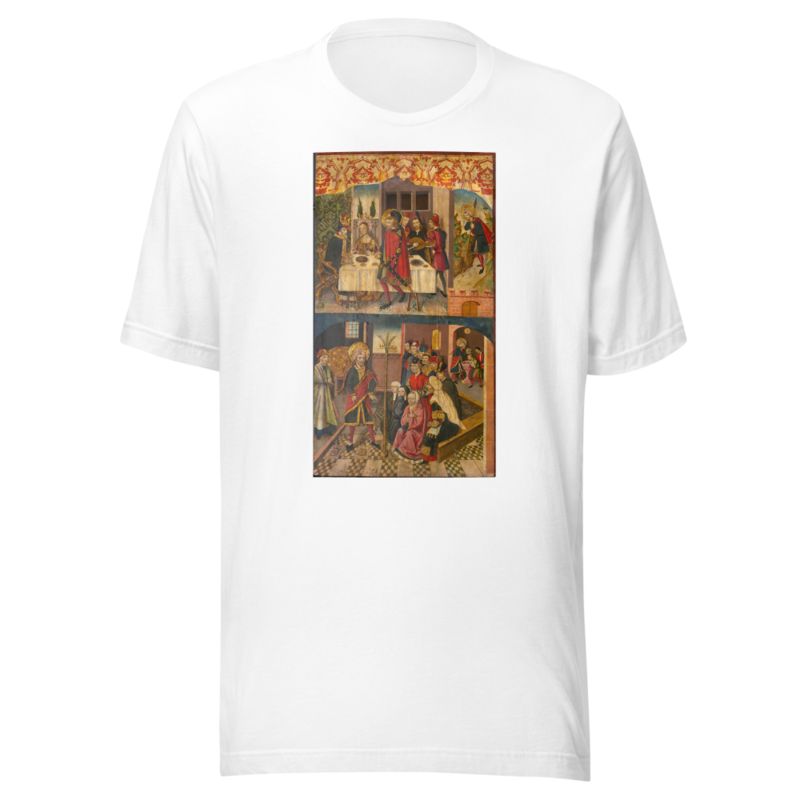
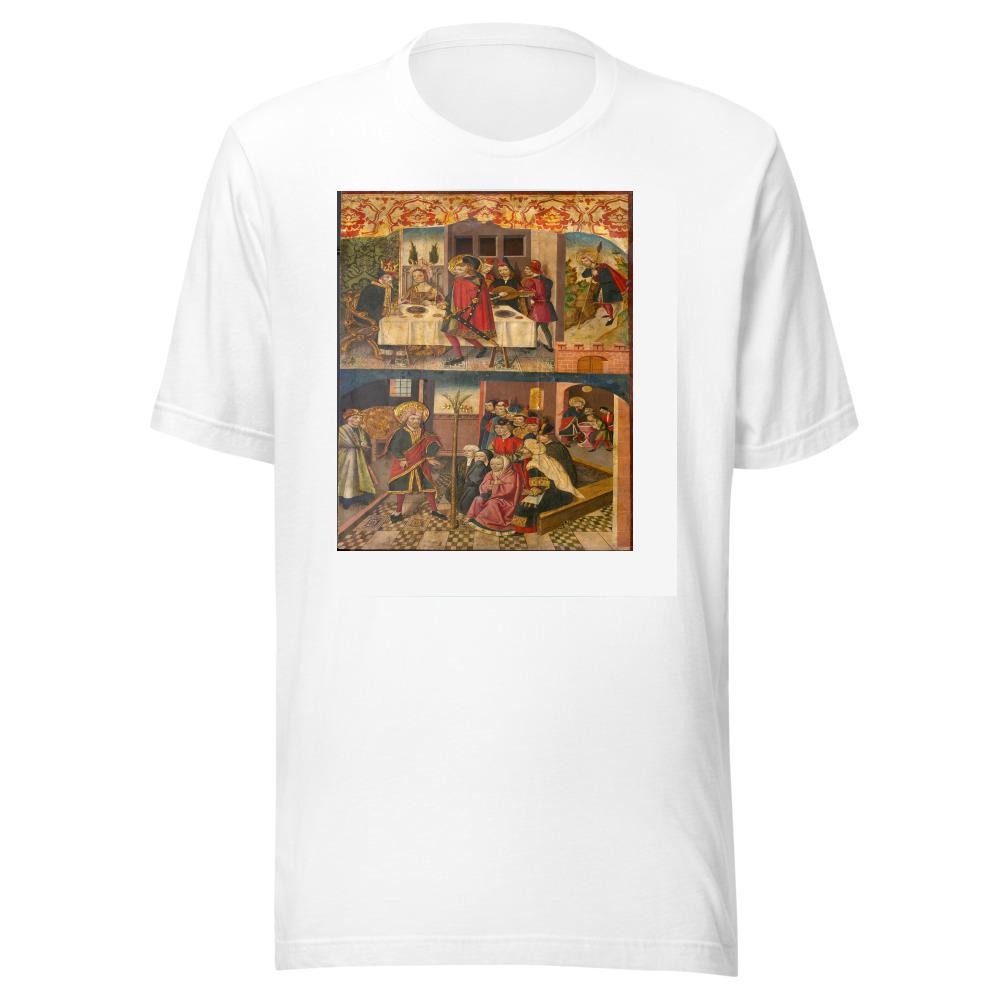
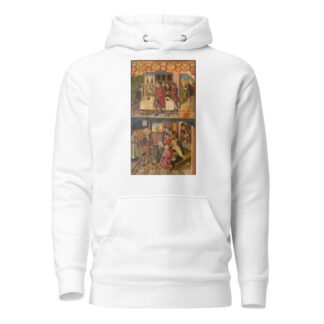
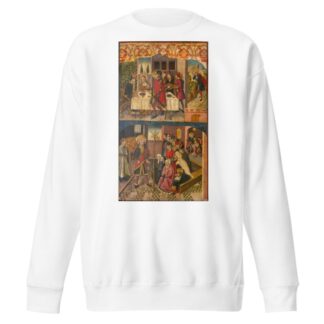
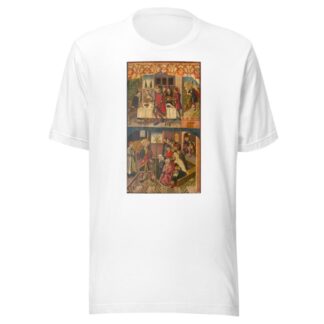
Reviews
There are no reviews yet.